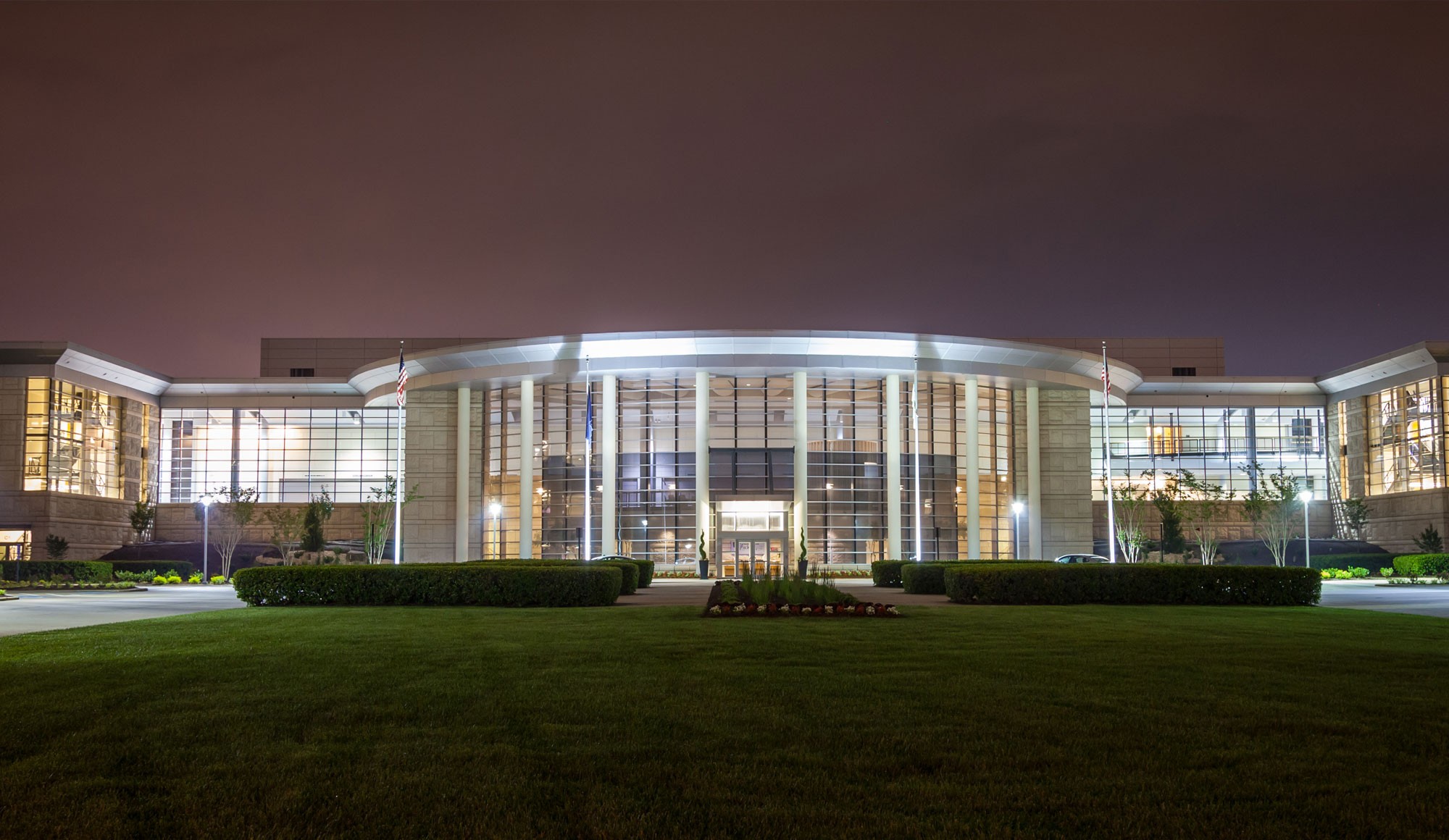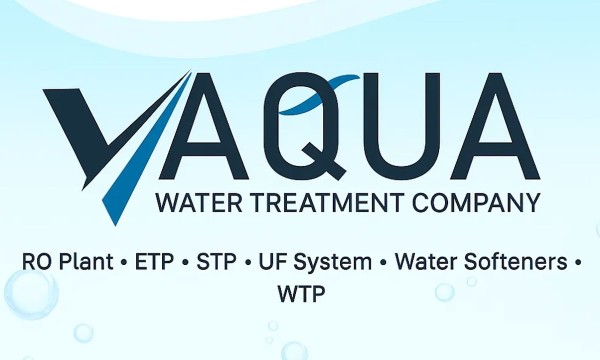Delta Inaugurates Smart Manufacturing Innovation Center – Yahoo Finance

Report on the Inauguration of Delta’s Smart Manufacturing Innovation Center
Executive Summary
On July 25, 2025, Delta inaugurated its Smart Manufacturing Innovation Center in Taiwan. This facility serves as a one-stop platform for equipment validation and talent development, aimed at accelerating the global adoption of AI-driven smart manufacturing. The center’s establishment, in partnership with NVIDIA, directly supports several United Nations Sustainable Development Goals (SDGs) by fostering innovation, promoting quality education, enabling responsible production, and strengthening global partnerships.
Alignment with Sustainable Development Goals (SDGs)
The initiative makes significant contributions to the global sustainability agenda through its focus on technology, education, and collaboration.
- SDG 9: Industry, Innovation, and Infrastructure: The center promotes sustainable industrialization by providing the infrastructure for developing and validating high-performance, scalable smart manufacturing solutions. It fosters innovation by helping partners in the electronics and semiconductor industries shorten product development cycles and accelerate digital transformation.
- SDG 4: Quality Education: Through the Delta & NVIDIA Cyber-Physical Integration Classroom, the center offers specialized, hands-on training. This initiative provides inclusive and quality education in advanced technical skills, preparing the workforce for the future of manufacturing.
- SDG 8: Decent Work and Economic Growth: By advancing smart manufacturing, the center helps enhance economic productivity through technological upgrading. The focus on AI and digital twins equips workers with skills for high-value jobs, promoting sustainable economic growth.
- SDG 12: Responsible Consumption and Production: The use of digital twin technology, such as Delta’s DIATwin, allows for the simulation and optimization of production lines. This reduces the need for physical trial runs, minimizing resource consumption and waste, thereby promoting sustainable production patterns.
- SDG 17: Partnerships for the Goals: The collaboration between Delta and NVIDIA exemplifies a multi-stakeholder partnership. By combining their expertise, they work to achieve sustainable development by creating and disseminating knowledge and technology for industrial advancement.
Facility Capabilities and Technological Focus
Center Specifications and Features
Located at Delta’s Zhongli Plant 6, the 500 m² facility is designed to simulate and validate real-world production environments. Its primary features include:
- A 3D dashboard for real-time monitoring of equipment.
- Hands-on validation zones for testing new technologies.
- Dedicated areas for trial production and equipment acceptance testing to accelerate line deployment.
- Showcases of Delta’s Line Manager platform and DIATwin digital twin technology for cyber-physical integration.
Strategic Partnership and Educational Programs
A key component of the center is the Delta & NVIDIA Cyber-Physical Integration Classroom, established to address critical industry challenges through education.
- Objective: To provide integrated cyber-physical training programs that cover individual machines, production lines, and factory-wide systems.
- Curriculum: The structured courses and workshops focus on digital simulation, AI model applications, process optimization, and production management.
- Future Development: The curriculum will expand to include training on the NVIDIA Omniverse platform and Isaac Sim for advanced digital twin and robotics simulation, keeping participants at the forefront of AI applications in manufacturing.
SDGs Addressed or Connected to the Issues Highlighted in the Article
-
SDG 4: Quality Education
- The article highlights the establishment of a “Smart Manufacturing Innovation Center” that serves as a hub for “talent training programs.” It specifically mentions the “Delta & NVIDIA Cyber-Physical Integration Classroom,” which provides “integrated cyber-physical training programs” and “structured and tiered courses and workshops.” This focus on providing technical and vocational training in advanced fields like AI and digital twins directly connects to ensuring inclusive and equitable quality education and promoting lifelong learning opportunities.
-
SDG 8: Decent Work and Economic Growth
- The initiative aims to “accelerate digital transformation and industrial upgrades” and help partners develop “high-performance and scalable smart machinery.” By improving manufacturing processes and shortening product development cycles, the center promotes higher levels of economic productivity through technological upgrading and innovation, which is a key aspect of SDG 8.
-
SDG 9: Industry, Innovation, and Infrastructure
- The core theme of the article is the inauguration of a “Smart Manufacturing Innovation Center” to “accelerate AI-based Manufacturing Worldwide.” This involves the research, development, and implementation of innovative technologies like “digital twin and AI model applications,” “cyber-physical integration,” and the “NVIDIA Omniverse” platform. This directly supports building resilient infrastructure, promoting inclusive and sustainable industrialization, and fostering innovation.
-
SDG 12: Responsible Consumption and Production
- The article mentions that Delta’s mission is to provide “innovative, clean and energy-efficient solutions for a better tomorrow.” Smart manufacturing, by its nature, aims to optimize processes (“process recipe optimization”) and solve challenges like “repeated testing when integrating new machines,” which leads to more efficient use of resources and less waste. This aligns with the goal of ensuring sustainable consumption and production patterns.
-
SDG 17: Partnerships for the Goals
- The article emphasizes collaboration. It details a strengthened partnership between Delta and NVIDIA, the joint establishment of a classroom, and collaboration with the “industrial chain through training programs.” The presence of “nearly a hundred representatives from industry, government, and academia” at the opening signifies a multi-stakeholder partnership to achieve common goals in technological advancement and industrial upgrading.
Specific Targets Identified Based on the Article’s Content
-
Target 4.4: Increase the number of youth and adults who have relevant skills, including technical and vocational skills, for employment, decent jobs and entrepreneurship.
- The center is explicitly designed for “talent training programs” and offers “hands-on training,” “structured and tiered courses and workshops,” and training on specific platforms like “NVIDIA Omniverse and Isaac Sim.” The goal is to provide skills in “digital simulation and AI model applications” to “end-users and system integrators,” directly contributing to this target.
-
Target 8.2: Achieve higher levels of economic productivity through diversification, technological upgrading and innovation.
- The center’s purpose is to help industries “develop high-performance and scalable smart machinery and production line planning solutions.” This focus on “AI-based Manufacturing,” “digital transformation,” and “industrial upgrades” is a direct effort to boost economic productivity through technological innovation as described in this target.
-
Target 9.5: Enhance scientific research, upgrade the technological capabilities of industrial sectors.
- The article describes the center as a “strategic hub for equipment validation” and a place for “research and development of smart manufacturing solutions.” By providing a platform to test, validate, and implement new technologies like “DIATwin digital twin technology,” it directly works to upgrade the technological capabilities of the electronics and semiconductor industries.
-
Target 12.2: Achieve the sustainable management and efficient use of natural resources.
- The smart manufacturing solutions showcased aim for “process recipe optimization” and help solve inefficiencies like “repeated testing.” This leads to a more efficient use of materials and energy. This is further supported by Delta’s corporate mission to provide “energy-efficient solutions” and its recognition for contributing to “water security” and developing a “sustainable value chain.”
-
Target 17.17: Encourage and promote effective public, public-private and civil society partnerships.
- The initiative is a clear example of a public-private partnership in action. The collaboration between Delta and NVIDIA is a private-private partnership. The attendance of “industry, government, and academia” at the launch event demonstrates the encouragement and promotion of a multi-stakeholder partnership model to drive innovation.
Indicators Mentioned or Implied in the Article
-
Number of individuals participating in technical and vocational training.
- This is implied by the creation of the “Delta & NVIDIA Cyber-Physical Integration Classroom” and the offering of “structured and tiered courses and workshops.” The success of these “talent training programs” would be measured by the number of “end-users and system integrators” who complete the training.
-
Improvement in productivity and reduction in product development time.
- The article explicitly states an aim to “ultimately shortening product development cycles and speeding up global manufacturing footprints.” This is a direct, measurable indicator of progress towards achieving higher economic productivity through the implemented technologies.
-
Number of industries/companies adopting new technologies.
- The center’s goal is to “accelerate the worldwide adoption of digital twin and AI model applications” and become a “key partner for a myriad of industries.” The number of partners who successfully develop and replicate “smart manufacturing solutions” would be a clear indicator of the center’s impact on upgrading industrial technology.
-
Number of multi-stakeholder partnerships established.
- The article explicitly mentions the partnership between Delta and NVIDIA. It also implies broader collaborations by noting the attendance of “industry, government, and academia” and the intent to “collaborate with the industrial chain.” The formation of new, formal partnerships would be an indicator of success for this goal.
Summary Table of SDGs, Targets, and Indicators
| SDGs | Targets | Indicators (Mentioned or Implied) |
|---|---|---|
| SDG 4: Quality Education | Target 4.4: Increase the number of youth and adults who have relevant skills, including technical and vocational skills, for employment, decent jobs and entrepreneurship. | Number of individuals trained through the “talent training programs” and “courses and workshops.” |
| SDG 8: Decent Work and Economic Growth | Target 8.2: Achieve higher levels of economic productivity through diversification, technological upgrading and innovation. | Measurable reduction in “product development cycles” and acceleration of “global manufacturing footprints.” |
| SDG 9: Industry, Innovation, and Infrastructure | Target 9.5: Enhance scientific research, upgrade the technological capabilities of industrial sectors. | Number of companies assisted in developing “high-performance and scalable smart machinery” and adopting “digital twin and AI model applications.” |
| SDG 12: Responsible Consumption and Production | Target 12.2: Achieve the sustainable management and efficient use of natural resources. | Increased efficiency from “process recipe optimization” and reduction of waste by avoiding “repeated testing.” |
| SDG 17: Partnerships for the Goals | Target 17.17: Encourage and promote effective public, public-private and civil society partnerships. | Establishment of partnerships like the one between Delta and NVIDIA, and collaborations with “industry, government, and academia.” |
Source: finance.yahoo.com

What is Your Reaction?
 Like
0
Like
0
 Dislike
0
Dislike
0
 Love
0
Love
0
 Funny
0
Funny
0
 Angry
0
Angry
0
 Sad
0
Sad
0
 Wow
0
Wow
0





































![Lancaster homeowner’s energy-efficient renovation sparks clash over historic preservation [Lancaster Watchdog] – LancasterOnline](https://bloximages.newyork1.vip.townnews.com/lancasteronline.com/content/tncms/assets/v3/editorial/9/ed/9ed03d32-c902-44d2-a461-78ad888eec38/69050b156baeb.image.png?resize=150,75#)








































